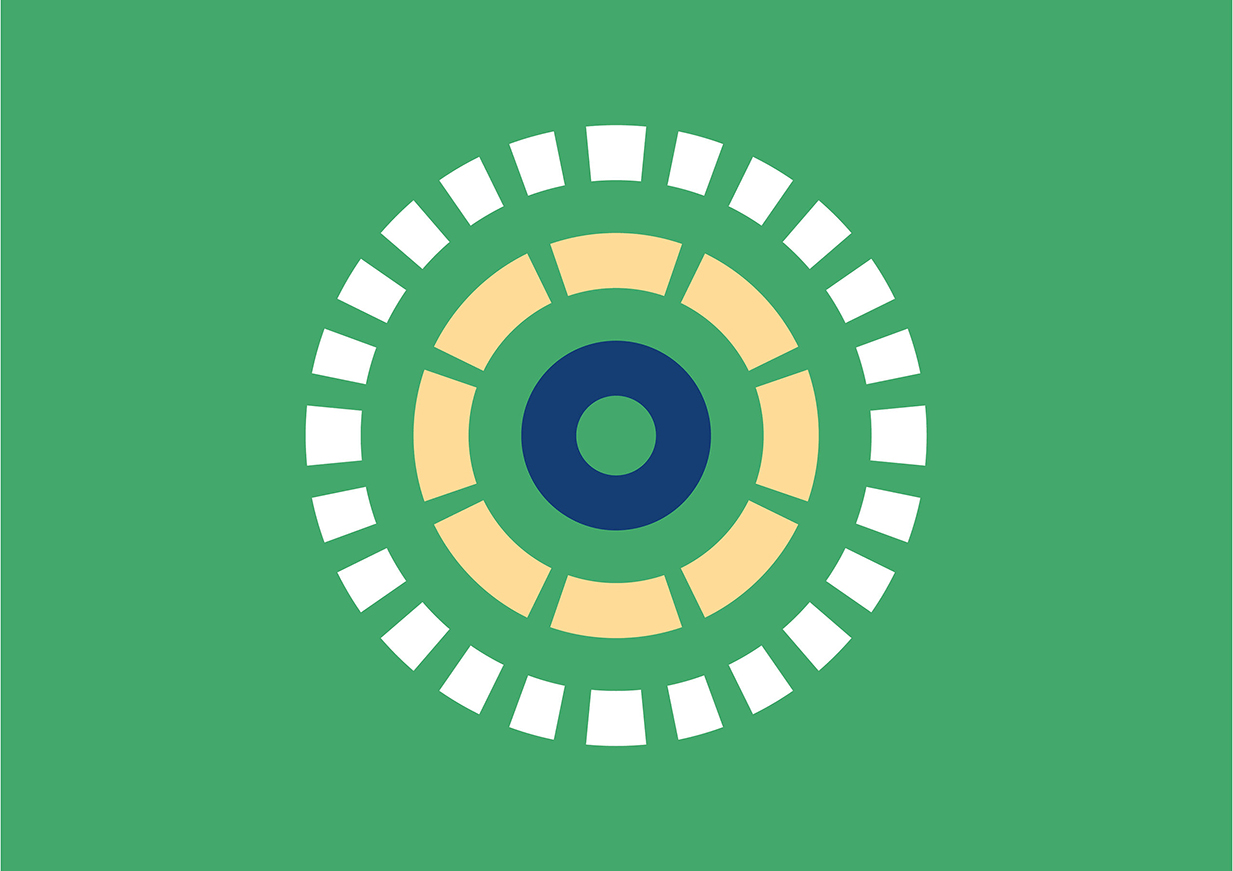Vosoritide is in clinical development for the treatment of achondroplasia in children aged 0 to 59 months. Achondroplasia is a rare genetic bone growth disorder and the most common form of disproportionate short stature. Achondroplasia is caused by a change in the structure of a gene called the fibroblast growth factor receptor 3 (FGFR3) gene, which causes the body’s cartilage cells, called chondrocytes, to continuously send out signals to slow bone growth. Patients with this condition have short stature, curvature of the spine and an enlarged head (macrocephaly). These characteristics may lead to health challenges including reduced breathing for short periods of time, upper airway obstruction, obesity, hearing loss and dental problems.
Vosoritide for treating achondroplasia in children

Vosoritide is in clinical development for the treatment of achondroplasia in children aged 0 to 59 months. Achondroplasia is a rare genetic bone growth disorder and the most common form of disproportionate short stature.
Interventions:
Vosoritide (BMN 111)
Indications:
Achondroplasia
Therapeutic Areas:
Musculoskeletal System
Year:
2024